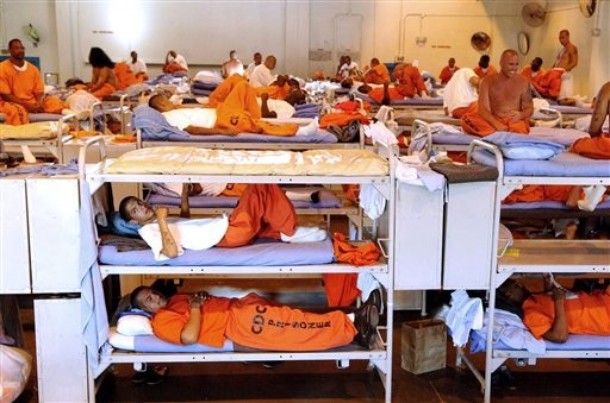CA Prison Reform: Meet The Stakeholders

After the decision, California determined that the best way to reduce prison population was to shift a substantial share of the corrections responsibility to the counties, also known as Realignment. The policy, which went into effect in 2011, shifted responsibility for most lower-level offenders from the state to California’s 58 counties.
The California prison issue has many stakeholders and interest groups, not all of whom want to see the reform.
A month ago, Stanford Criminal Justice Center produced a report summarizing the viewpoints of stakeholders charged with implementing the law. Here is a look at how they are viewing the situation.
Probation officials were the most enthusiastic champions of Realignment, according to the report. They welcome the momentum the legislation provided on their rehabilitation focus. They unequivocally felt that the policy gave them an opportunity to fully test whether well-tailored rehabilitation services can keep lower-level felony offenders from committing new crimes and returning to prison. The study showed that across the state, probation agencies have launched pilot projects that, if successful, will significantly strengthen community corrections in California and nationally.
Public defenders, who provide legal representation for indigent defendants, are also optimistic about the policy, considering it a long-overdue policy. However, they do express concerns about the longer county jail terms their clients face and the conditions under which they are served.
Prosecuting attorneys generally gave Realignment negative reviews, lamenting their loss of discretion under the law. The police arrest, the detectives investigate, the district attorney files and makes the case, the judge passes sentence, and then, under Realignment, the final outcome of this tremendous resource expenditure is that the offender may get a very short stint in county jail, the prosecutors expressed.
Judges expressed mixed opinions, although most were concerned about a loss of discretion and said the policy had greatly increased the courts’ workload. Judges also voiced frustration that the policy was poorly drafted, was undergoing continual revisions, and, given its 800-page length and multiple amendments, required extensive judicial training. Most judges agreed that it would have made more sense to test Realignment on a smaller scale before rolling it out statewide
Law enforcement, both front line police and sheriffs, varied more than any other group in their assessment of Realignment, with their opinions largely influenced by local jail capacity. While most police supported the idea of Realignment, including the expansion of local control and treatment options for offenders, all of those in the study worried about declining public safety. Most believed that more criminals are on the streets and that crime has been rising as a result. California’s sheriffs are responsible for running the county jails, but their role under Realignment extends far beyond custody and basic crime control. Despite their concerns about glitches and unanticipated consequences, many sheriffs acknowledged that the old system wasn’t working well, that the revolving door between jail and prison was not protecting the public, and that a new approach was needed.
Reach Executive Producer Syuzanna Petrosyan here. Follow her on Twitter.



